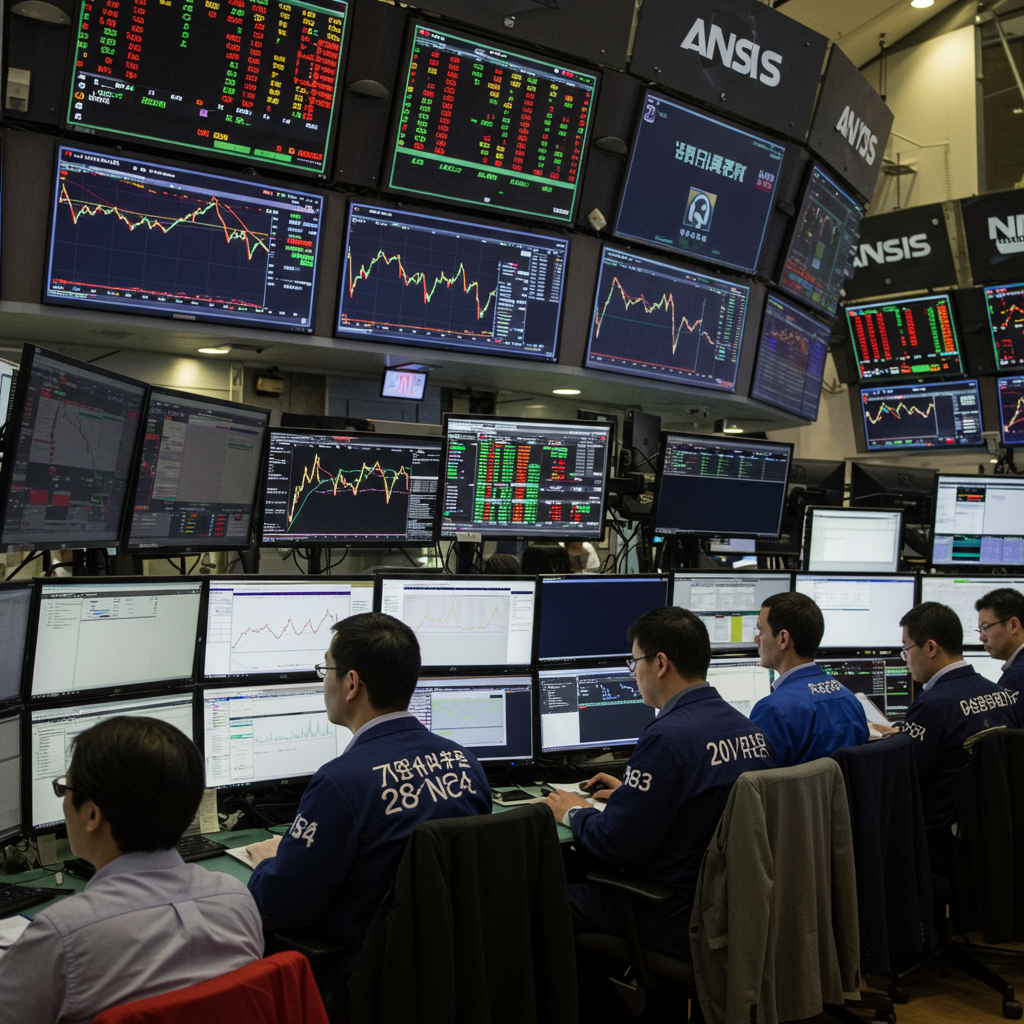Federal Reserve Holds Steady: Key Takeaways from the June 2025 Meeting
The Federal Reserve’s monetary policy-setting committee, the Federal Open Market Committee (FOMC), concluded its two-day meeting on June 18, 2025. As widely anticipated by markets and analysts, the committee voted to keep the target range for the benchmark federal funds rate unchanged at its current level of 4.25% to 4.50%.
This decision marks the fourth consecutive meeting in 2025 where the Fed has held rates steady, following a series of reductions late in 2024 that brought the rate down to the current range after significant increases in 2022 and 2023 aimed at combating inflation.
Why the Fed Held Rates Steady
Several factors contributed to the decision to maintain the status quo this month. Policymakers continue to assess incoming economic data carefully, balancing progress on inflation with a resilient U.S. economy and labor market.
Chair Jerome Powell and the committee emphasized a “wait-and-see” approach. While the economy remains robust with solid growth and a healthy job market, uncertainty persists regarding the future trajectory of inflation. A key concern highlighted is the potential impact of new tariffs, which the Fed expects could lead to “a meaningful amount of inflation” as companies pass these costs onto consumers. The Fed needs more time to gauge how these potential price shocks will filter through the economy before considering further borrowing cost reductions.
Despite recent data showing some easing in inflation measures like the Consumer Price Index (CPI), the Fed’s preferred inflation gauge, the Personal Consumption Expenditures (PCE) price index, remains above the central bank’s 2% target. This, coupled with a strong labor market operating near full employment, provides the Fed room to be patient.
Economic Projections: The Latest “Dot Plot” Insights
A central outcome of the June meeting was the release of the updated Summary of Economic Projections (SEP), also known as the “dot plot.” This document provides a snapshot of individual FOMC participants’ forecasts for interest rates, inflation, growth, and unemployment over the next few years and the longer run.
The June dot plot revealed shifting expectations among policymakers. While a majority of the 19 participants (12 members) still foresee interest rates ending 2025 lower than their current level, the median projection suggests fewer rate cuts are anticipated for the year compared to earlier forecasts, such as those released in March. Approximately half of the committee members project two quarter-point rate cuts by the end of 2025, but a significant minority (seven members) expect rates to remain unchanged through year-end. This adjusted outlook reflects the persistence of inflation risks and the cautious stance necessitated by economic uncertainties.
The projections also showed slightly higher inflation forecasts compared to previous estimates, while growth forecasts remained generally solid.
What Happens Next?
The Federal Reserve reiterated its commitment to its dual mandate of achieving maximum employment and stable prices (targeting 2% inflation). Future monetary policy decisions will remain heavily dependent on incoming data.
The focus now shifts to upcoming FOMC meetings scheduled throughout the year. The FOMC holds eight regularly scheduled meetings annually. Following the June session, the next scheduled meetings are in July, September, October, and December. Meetings in March, June, September, and December include the release of the updated Summary of Economic Projections, making them particularly important for understanding the evolving outlook.
While the June meeting saw no change, many experts still anticipate potential rate reductions later in 2025, contingent on economic data, particularly signals that tariff impacts on inflation are manageable and that inflation continues a clear path back towards the 2% target.
Impact on Consumers
For consumers, the decision to hold interest rates steady means that borrowing costs for things like mortgages, car loans, and credit cards are likely to remain near their current levels in the short term. Similarly, interest rates on savings accounts and money market funds, which are indirectly influenced by the federal funds rate, are expected to remain largely stable, although they may continue the slow downward trend observed in 2024 compared to peak rates in 2023. High-yield online savings accounts continue to offer rates significantly above traditional bank averages, providing a favorable option for short-term savings.
The June meeting underscores the Fed’s cautious approach as it navigates uncertain economic waters, balancing the need to curb inflation with supporting sustained economic growth. The path forward will be dictated by the data yet to come.




